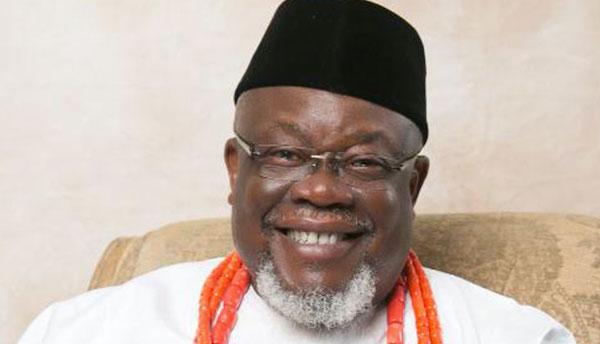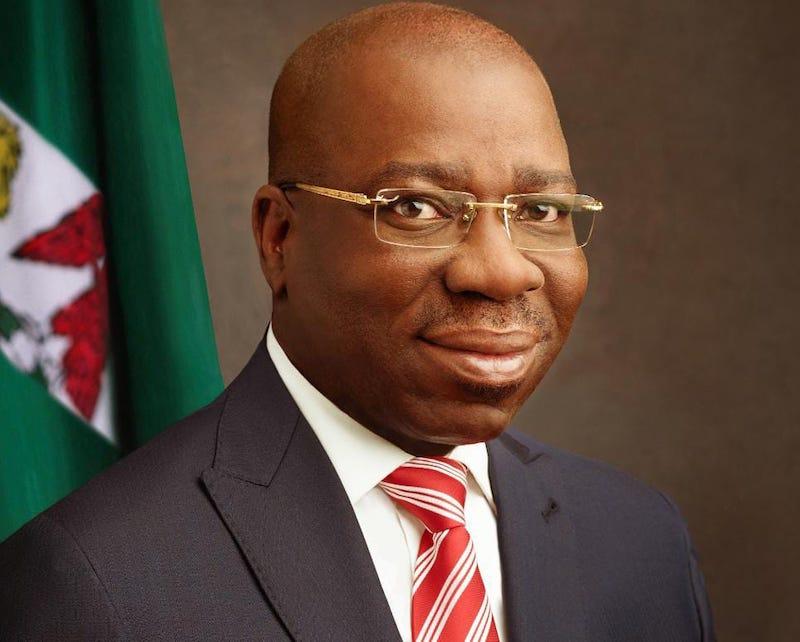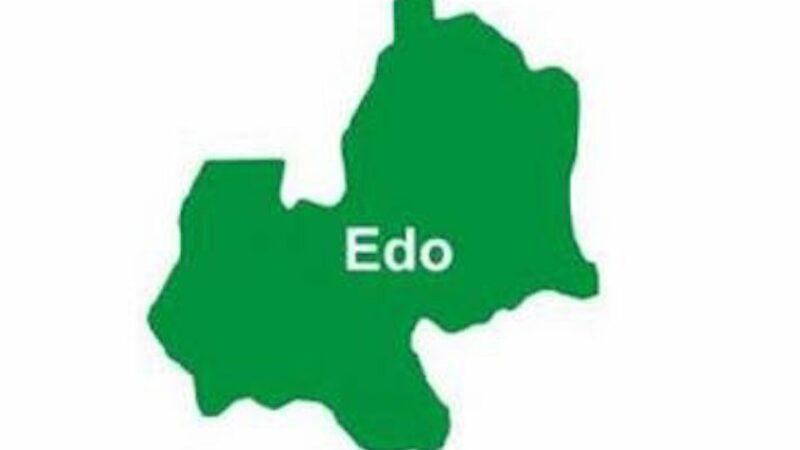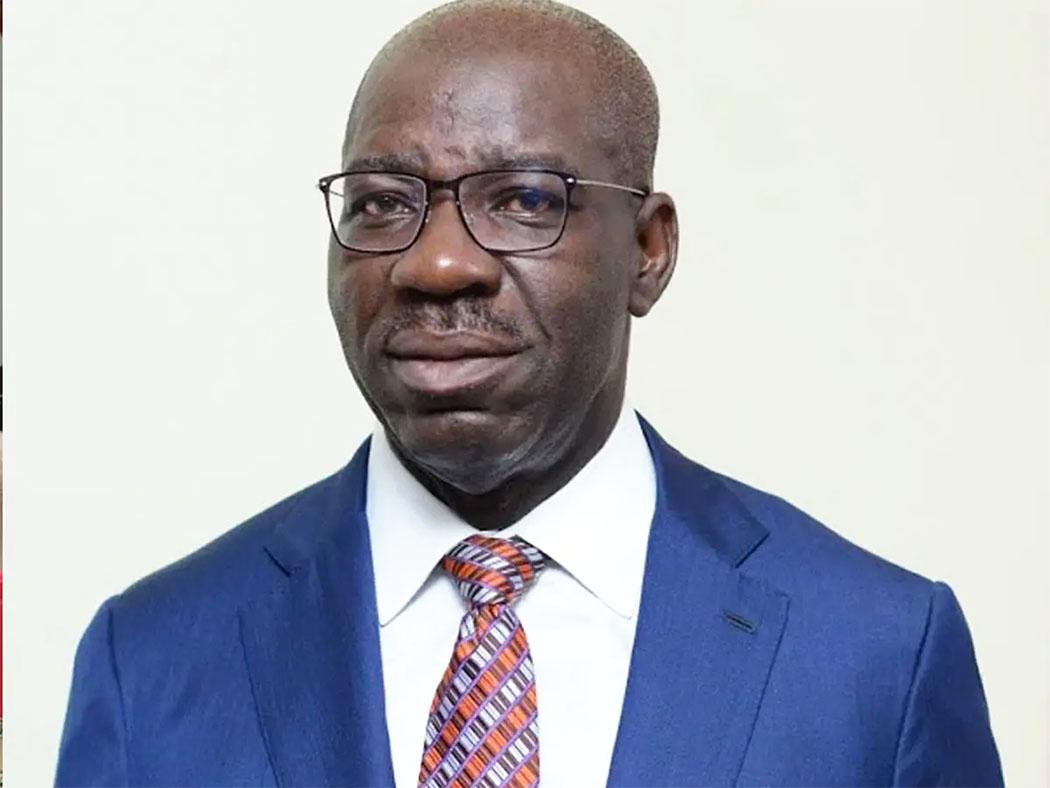•Obaseki says children’s literacy, numeracy rates now at 70%
The Edo State Government has said that it has secured 40 new licenses for solid mineral deposits in the state through Associates Mining and Investment Company, a Special Purpose Vehicle (SPV) promoted by the state government.
The Commissioner for Mining and Energy, Hon. Enaholo Ojiefoh, who disclosed this in a chat with journalists, said the state took the bold step to acquire the licenses so that it is not short-changed in the drive for industrialisation.
He noted that the state will rent the licenses to interested private investors to exploit the mineral deposits in the state.
He said: “Upon getting the licenses, we went back to the drawing board. We engaged with the Community Development Associations (CDAs) in the communities where these solid minerals are found.
“Between December and January this year, we have received not less than 14 visitors, who are all interested in bringing their money in.
“The governor has asked that this has to be transformed into money. So, we are looking at industrialisation. A Commodities Trading and Mineral Analysis Centre is being completed in Dangbala in Akoko Edo. We have had to train our staff working with a research team from the universities.
“We have professors in geology, geophysics, industrial chemistry and biochemistry working with us on the project. We have staff across the state working on identifying more minerals also.
“We have deposits of kaolin in Ubiaja, in Edo Central Senatorial district of the State. We have gypsum in Warrake as well. The state is blessed and we are looking to drive investment with these deposits.”
Meanwhile, the Edo State Governor, Mr. Godwin Obaseki, has said children’s literacy and numeracy rates in the state are now at 70 per cent, and at par with their peers in Europe and Asia.
Obaseki, who spoke in a chat with journalists, noted that the 70 per cent is far more than the national percentage which is 30 per cent.
The governor said this was achieved by building a resilient education system over the past seven and half years through the Edo State Basic Education Sector Transformation (EdoBEST) programme.
He explained that when his administration came on board, the state’s educational system had collapsed, which necessitated the urgent need for a holistic reform in the education sector to tackle learning poverty by leveraging technology to improve learning outcomes.
According to him, these reforms have led to the training of over 11,000 teachers and impacted over 400,000 children across various schools in the State.
He noted: “We had a unique experience when we came on board. We had a huge challenge in terms of education. Edo State at the time was a prime source for human trafficking and illegal migration. Between 2016 and 2017, we had more than 30,000 young Edo boys and girls who had got themselves to Libya to cross over to Europe.
“A lot of our young people could not find jobs because they were not employable and the reason was the educational system had collapsed. As a government, it was a wake-up call that we needed to do something drastic and more fundamental.
“We needed to look at the foundation of our educational system to understand why our children were not learning so as to take necessary and urgent steps to fix it. This led to the launch of the Edo State Basic Education Sector Transformation (EdoBEST) programme, which today has continued to gain global acclaim.
The governor further stated that today, children’s literacy and numeracy rates in Edo are now 70 per cent, at par with their peers in Europe, more than the national percentage which is 30 per cent, adding that the reform has trained more than 11,000 teachers and impacted 400,000 children.
“In these past few years, as a government, we are confident that we have built a resilient education system with the EdoBEST programme and tackled learning poverty by leveraging technology to improve learning outcomes,” he added.





